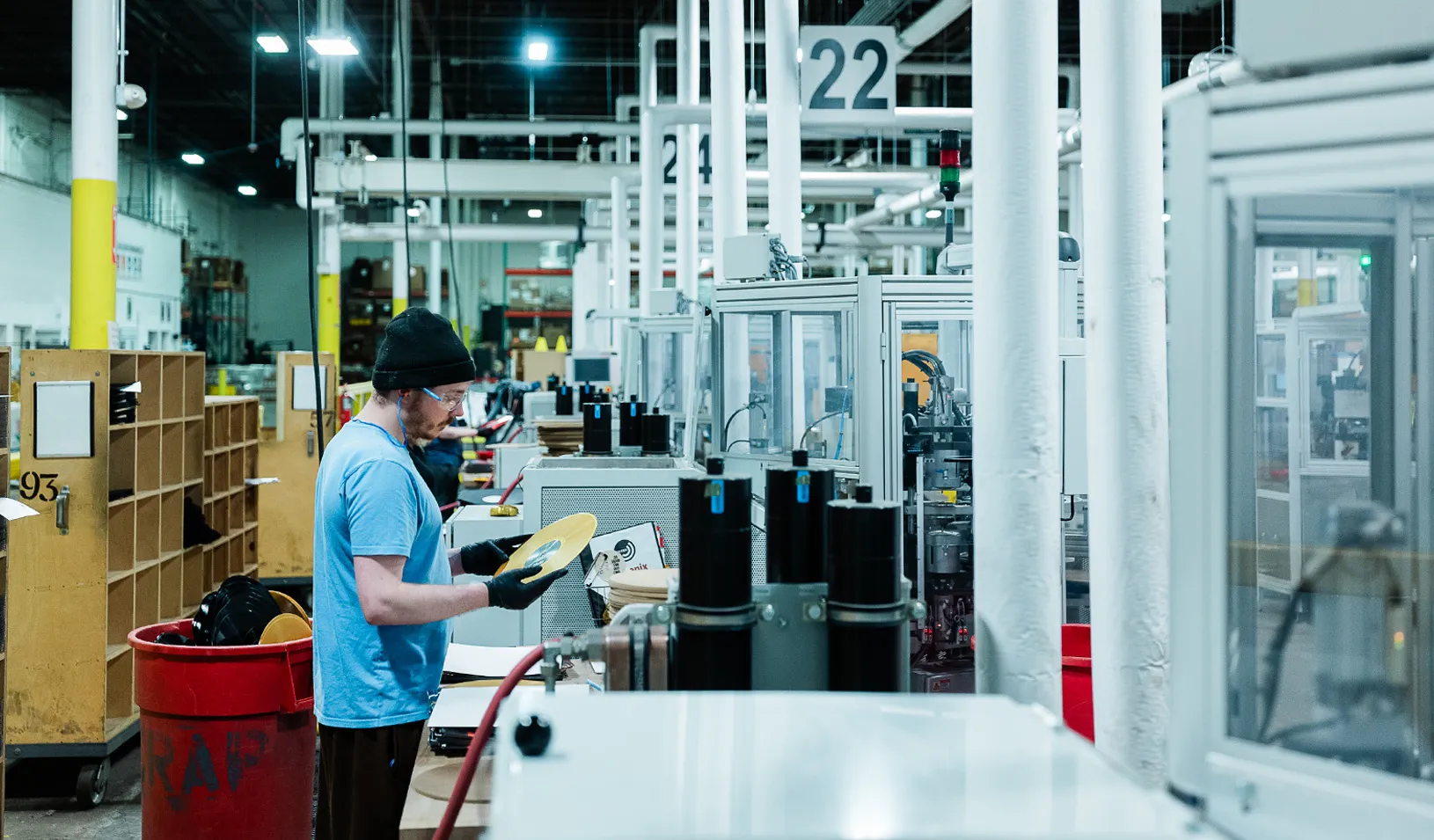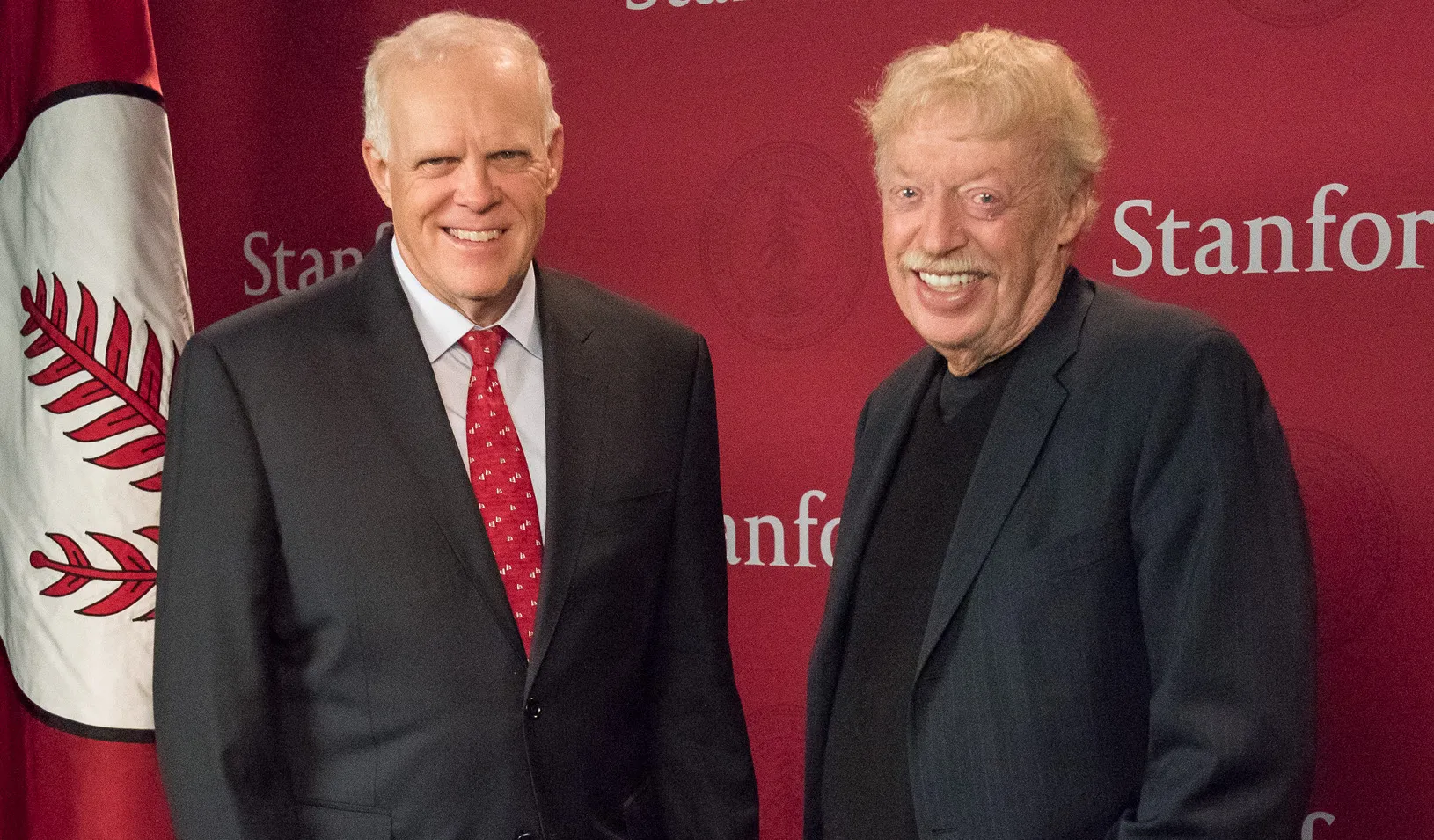Catalyst: Empowering Rural America
Leo Guzman’s company is switching electric cooperatives from coal to clean energy.
August 05, 2022

Converting to clean energy sources has saved some rural communities millions of dollars | Gabriella Trujillo
The problem: Rural regions pay more for electricity and rely heavily on coal-powered sources.
The plan: Disrupt the rural energy economy and lead the transition to cleaner power.
Leo Guzman wasn’t looking to start a revolution when he cofounded Guzman Energy in 2013. Raised in a “very, very small town” in Cuba, he’d come to the U.S. alone as a teen, attended Columbia and Stanford (MBA ’71), and had a successful career in finance. He was still running his own brokerage firm, Guzman & Company. But he loved creating businesses, and his team was scouting for new opportunities in energy markets.
Catalyst
In this ongoing series, we highlight work by alumni and executive program participants to solve contemporary problems.
While studying a map of electricity prices in the U.S., they noticed something odd: Electricity was expensive in urban centers, where high demand and regulations are a factor, but some of the highest rates were in rural New Mexico and Colorado — where there’s plenty of resources for power generation. “It was an anomaly,” Guzman says. “And in the securities industry, finding an anomaly is the holy grail.”
He soon learned the story behind it. In the early 20th century, utility companies had shown little interest in electrifying rural areas. So in 1937, President Roosevelt encouraged the formation of rural electric cooperatives, to be owned by local consumers. These RECs were a hit: In 20 years, the share of rural homes connected to the grid went from 10% to 95%.
This system worked for a long time, but it had a hidden bug: To get the electricity, RECs had to contract with another set of co-ops who built the generation and transmission facilities. Being likewise customer-owned, these “G&Ts” couldn’t tap equity capital for construction; they had to borrow — and lenders wanted to see iron-clad supply contracts up front.
Many of those plants burned coal because it was the cheapest fuel at the time and many communities also had mines nearby. “The upshot,” says Guzman, “is that the RECs got locked in to absurdly long contracts, with extensions of 50 years or even more, tied to coal power — which now is not only uncompetitive on price, it’s a liability because of the carbon emissions.”
And it’s a giant problem. Today, according to industry sources, the 800-plus RECs in the U.S., serving 42 million Americans, still get nearly 40% of their power from coal. By comparison, coal accounts for just 23% of total U.S. electricity generation.
Guzman had envisioned his new business as a trading operation — in fact, its original name was Guzman Power Markets. But as he dug in, he realized it wasn’t about arbitraging price anomalies, but something far more significant: disrupting the rural energy economy and leading the transition from coal to cleaner and more economical power sources.
“People think startup founders are visionaries,” Guzman says with a laugh. “But a lot of times, you only discover the real opportunity once you get into it. For us it was like peeling an onion — you have a plan, but you go in and you listen and learn, and then you pivot, you get new ideas, and you pivot again.”
The RECs wanted out of their contracts, but that entailed huge exit fees. Guzman Energy provided the incentive by paying the exit fees and committing to replace the electricity, contracting in turn with developers to build local wind and solar farms. In the interim, the company bought from cheaper sources and priced it to recoup the exit fee — though still at lower rates than the co-ops had been paying. The new model was effectively a bridge to a different future.
Fast forward to June of this year, near Taos, New Mexico, where Gov. Michelle Grisham cut the ribbon on the 15-megawatt Taos Mesa Solar Array. It’s the final piece of the puzzle for the Kit Carson Electric Cooperative, which signed with Guzman Energy in 2016 as its first client. The co-op has repaid its exit fee and expects to supply its customers with 100% solar power during daylight hours — at the lowest rates of any REC in the U.S.
“In the first eight years of the contract, we will have saved the community $70 million,” Guzman says. “And you know, that’s in a relatively poor rural area. That really means something.” He pauses, then adds, “To be honest, this was not my original idea, but it has given me immense satisfaction. We’ve created a blueprint. Maybe we& have started a revolution.”
Leo Guzman turned 76 this year. Is he ready to hand off the blueprint and let others carry the work forward? He seems surprised by the question. “Oh no. Absolutely not. We still have a lot to learn here. I’m always thinking, what are we missing? What else can we do?”
For media inquiries, visit the Newsroom.
Explore More
Maker: United Record Pressing

Phil Knight Honored with Uncommon Citizen Award

Catherine Roberts Joins Stanford GSB as CCMO
